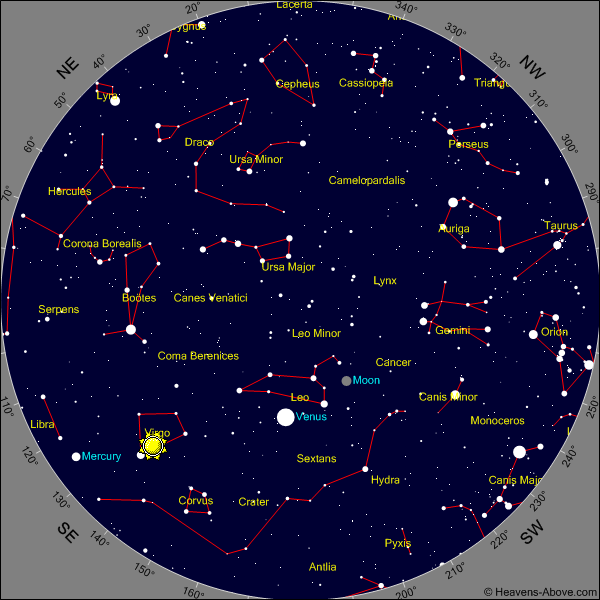Lunar Observing Program
The Astronomical League's Lunar Observing Program introduces amateur astronomers to that object in the sky that most of us take for granted, and which deep sky observers have come to loathe. But even though deep sky observers search for dark skies (when the moon is down), this program gives them something to do when the moon is up. In other words, it gives us something to observe the rest of the month, and we all know that the sky is always clear when the moon is up.
This program is well suited for the young, inexperienced observer as well as the older observer just getting into our hobby since no special observing skills are required. It is well balanced because it develops naked eye, binocular, and telescopic observing skills. Finally, the Lunar Program was created as a project that can easily be done by schools and school children, especially those in the inner city.
To qualify for the AL's Lunar Program Certificate and pin, you need only be a member of the Astronomical League, either through an affiliated club or as a Member-at-Large, and observe 100 features on the moon. These 100 features are broken down into three groups: 18 naked eye, 46 binocular, and 36 telescopic features. A binocular and any telescope may be used for this program. As a matter of fact, to prove that the Lunar Program could be done with small apertures, we used a 7x35 binocular and a 60mm refractor. So, as you can see, this program does not require expensive equipment. Also, if you have problems with observing the features at one level, you may go up to the next higher level. In other words, if you have trouble with any of the naked eye objects, you may jump up to a binocular. If you have trouble with any of the binocular objects, then you may move up to a telescope.
These worksheets are reproduced from the International Astronomical Union listing. We suggest you follow the AL Lunar Observing Program's rules for observing, sketching, and recording your observations for achieving the award.



